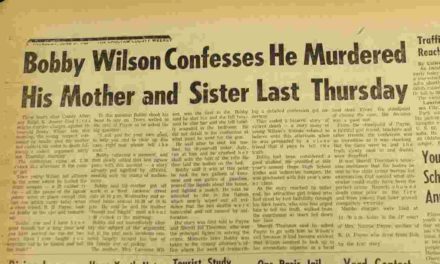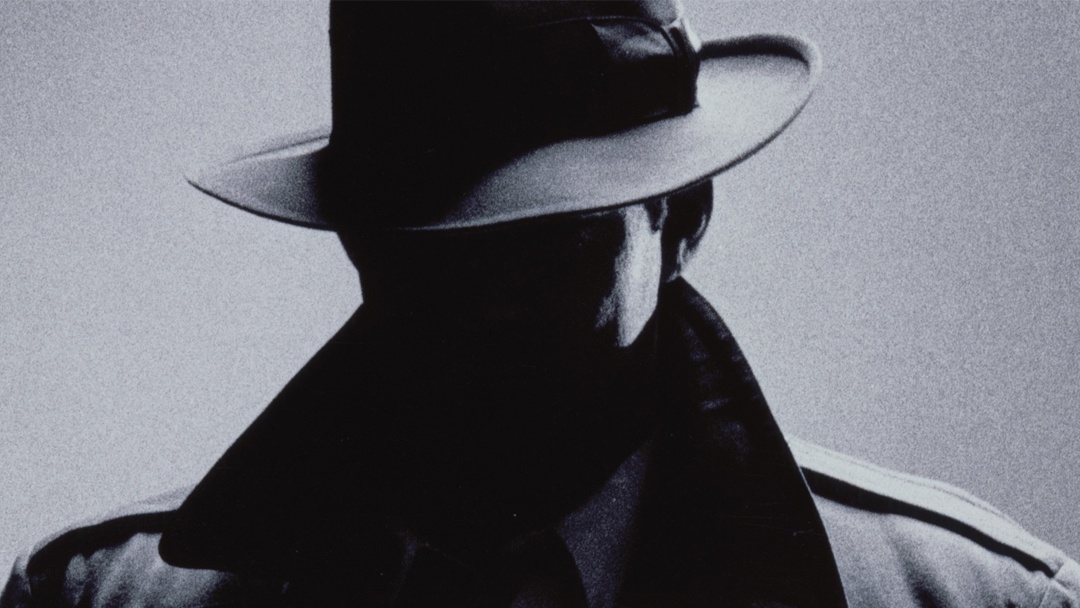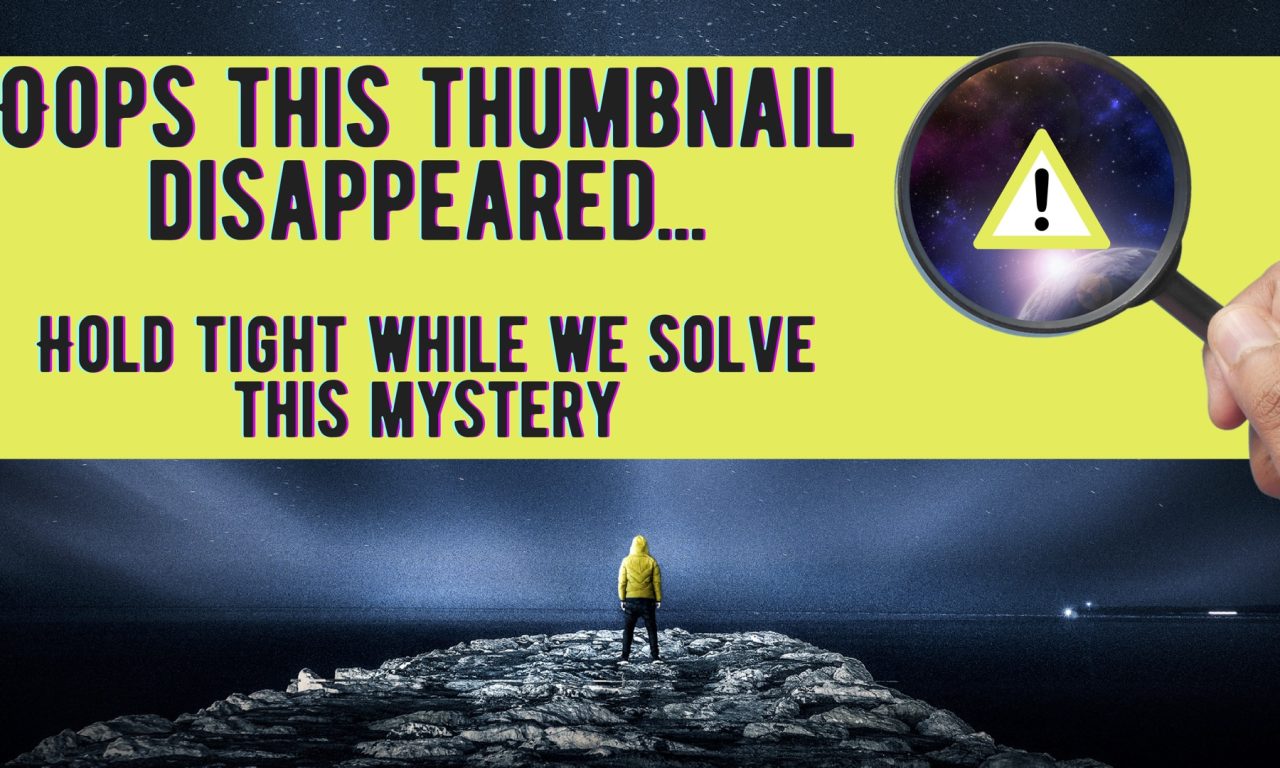And starting about 5 to 10 years later, Sherlock Holmes caught on. The trail of breadcrumbs that people leave behind their actions is now an electronic trail.
And while social media is great for keeping in touch with friends and family, Lt. Baker says it turns out it’s an even better tool in gathering evidence for a court case.
We’ve all known for a while how many people live their lives, out loud so to speak, through the Internet. But do we really remember that “social media is recording every stroke and click,” leaving indelible documentation behind forever? Often the on-line record, of tweets and photos and Facebook posts, is really a profile of a personality placed in space and time.
In the greatest sense social media use is now a leading human indicator, an indicator of identity, of human patterns of movement, of human behavior overall. Similar to the traditional questions like What was the suspect wearing? How old was he, his height, his weight, age, what was he driving, where was he going, where did you meet?. Social media has elements of all those factors–it helps us identify people and their habits and their intent in general and at a particular time and place. You might say it’s the human behavioral fingerprint, it reveals much about our particular psychological DNA.
In the infamous Caylee Anthony murder case from some years ago, digital memories may be all that remain for many. People can never forget, or forgive, the portrait of the mother of the missing child in full party mode, dancing the night away without a seeming care in the world, and receiving tattoos that celebrate “the good life.” Casey Anthony may have been acquitted for other reasons, but many people consider her guilty on the basis of her social media images alone.
Of course the criminal with guile can always shut down their electronic presence in the world, for a time, altogether. But that, in itself, could be seen as suspicious. When Seattle native Amanda Knox, formerly suspected of murder while an exchange student in Italy, shut off her phone early on the evening in question, authorities purported to find that extremely significant. Why had she gone electronically silent, what was she hiding? Of course a call in the middle of the night many hours later to her mother in the United States was imbued with great significance also. Why did she suddenly feel the need to reach out across the Atlantic? If telephone use and social media use are over-interpreted a potential suspect simply can’t win. The over-zealous prosecutor can find pernicious motive in anything, while of course the defense can spin a different narrative. A jury of peers, who also use social media, will make the final call. But on-line behavior, with all it’s timeline, context, and flair, will be part of Sherlock’s assessments from now on.
From the clumsy delinquent who just can’t resist bragging about their robbery or drug deal on-line (stupidity that recurs with surprising frequency), to the actual filming of break-ins, assaults, even rapes, to the subtler evidence—say on-line purchases or time-stamped photos–left behind by criminals or missing persons, Sherlock Holmes has a new set of clues to add to the detectives tool-kit.











